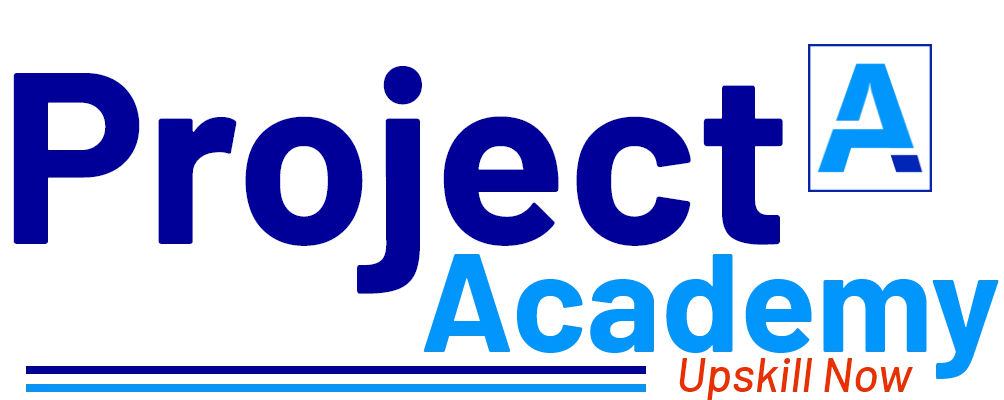Project Outline:
1) Development Phase:
The site should contain:
- Simple and intuitive user interface: A social media website should have a clean, simple, and easy-to-use interface that is intuitive for users to navigate. This means that the design should be uncluttered, and users should be able to quickly and easily find the features they need.
- Visually appealing design: A social media website should have an attractive design that appeals to the target audience. The design should be consistent with the overall branding of the website, and it should use colors, fonts, and images that are visually appealing.
- User-generated content: A social media website should prominently display user-generated content, such as photos, videos, and posts. This helps to create a sense of community and engagement, and it encourages users to contribute their own content to the platform.
- Social sharing and networking: A social media website should make it easy for users to connect and interact with each other, through features such as social sharing buttons, messaging, and commenting.
- Personalization and customization: A social media website should provide users with the ability to personalize and customize their profiles and feeds, so that they can tailor their experience to their interests and preferences.
- Privacy and security: A social media website should prioritize the privacy and security of its users, with features such as secure login and authentication, privacy controls, and data encryption.
2) Testing Phase:
Conduct functional and usability testing.
Fix bugs and improve the website performance.
Applications
- Social networking: Social media websites allow users to connect and communicate with other people, both within their personal and professional networks. This can include features such as messaging, commenting, and sharing content.
- Marketing and advertising: Social media websites are often used by businesses and organizations as a platform for marketing and advertising their products or services, as well as building brand awareness and engaging with customers.
- Content creation and curation: Social media websites are a hub for user-generated content, with many users posting their own photos, videos, and other types of content, as well as curating content from other sources.
- News and information sharing: Social media websites can be a source of news and information, with many users sharing news articles, blog posts, and other types of information with their networks.
- Entertainment and leisure: Social media websites can be a source of entertainment and leisure, with users engaging in activities such as gaming, watching videos, and sharing memes.
- Education and learning: Social media websites can be used as a platform for education and learning, with users sharing knowledge and expertise, as well as participating in online courses and communities.
Hardware and software requirements:
Hardware requirement
A laptop with:
- At least Intel i3 core processor.
- A minimum of 4GB RAM
- Hard disk with at least 200GB of storage
Software requirement
- Programming languages: The website can be built using programming languages such as PHP, JavaScript, HTML, CSS, and Python, depending on the specific functionality and design of the platform.
- Content Management System (CMS): A CMS such as WordPress or Joomla can be used to create and manage the content of the social media website, including user accounts, posts, comments, and messages.
- Social media software frameworks: Social media software frameworks such as BuddyPress or Elgg can be used to provide pre-built functionality for social media features such as user profiles, activity streams, groups, and messaging.
- Database Management System (DBMS): A DBMS such as MySQL can be used to store and manage data related to users, posts, comments, and messages.
- Web hosting services: The website can be hosted on a variety of web hosting services such as Amazon Web Services, Google Cloud Platform, or Microsoft Azure, depending on the specific requirements of the platform.
- Front-end frameworks: Front-end frameworks such as React, Angular, or Vue.js can be used to build the user interface of the social media website, providing a fast and responsive user experience.
- Advertising and marketing tools: Advertising and marketing tools such as Google Ads or Facebook Ads can be integrated with the social media website to provide targeted advertising to users.
- Analytics and reporting tools: Analytics and reporting tools such as Google Analytics or Mixpanel can be integrated with the social media website to provide insights and data on user behavior, engagement, and platform usage.
- User management tools: User management tools such as authentication and authorization systems can be used to manage user accounts and access to different features of the social media website.
- Messaging and communication tools: Messaging and communication tools such as chatbots or messaging APIs can be integrated with the social media website to provide real-time communication and support to users.
Tool:
A modern web browser, integrated development environment (IDE), and text editor are essential tools for web development. Popular IDEs include Visual Studio Code, Atom, and Sublime Text, while popular text editors include Notepad++, Brackets, and TextMate.
Technology:
Full stack technology refers to the entire depth of a computer system application, and full stack developers straddle two separate web development domains: the front end and the back end. The front end includes everything that a client, or site viewer, can see and interact with.
What You’ll Learn after doing this project?
- Web development skills
- UI design
- Cloud hosting
- Reporting and analytical tools
- User experience design
- Project management
- Problem solving




